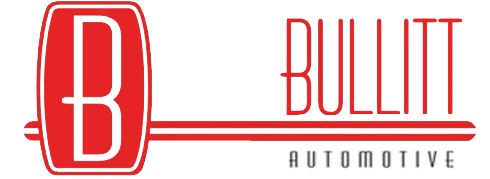Drivetrain
The purpose of a drivetrain is to transfer the power from the engine to the wheels. Think of it as a connector between the engine and the drive wheels. A vehicle can be front-wheel, rear-wheel or all-wheel drive. With reasonable driving habits most of the components of a drivetrain should last you at least 200K miles. Most manufacturers will recommend inspecting your drivetrain with every oil change.
Components of a drivetrain
Transmission – transfers the power from the engine to the wheels in your car.
Driveshaft – enables the transmission to provide torque to the wheels. It is a steel or aluminum cylinder which links the U-Joint at the back of the transmission to the U-joint at the rear axle.
Constant Velocity joint (CV Joint) – bends in all directions and enables the axle to move with your car while still turning the drive-wheels.
Universal Joint (UV Joint) – typically located at both ends of the driveshaft, this flexible joint moves with the vehicle as it goes over bumps and potholes in the road.
Differential – is typically located in the middle of the axle and is responsible for distributing power to each drive-wheel.
Axle Shafts – transmits the energy from the differential to the rear drive wheels.
Signs of a drivetrain problem may include:
- An illuminated “check engine” light
- Fluid leaks
- A loud clicking or knocking noise
- Squeaky noise
- Shaking vibrations from underneath the vehicle
- Problems shifting
- Difficulty turning
Loading ...
Missing business hours data / Error occurred while getting the data.
Our Location
Have Trouble Finding Us?
Loading ...
Missing nap lines data / Error occured while getting the data.
